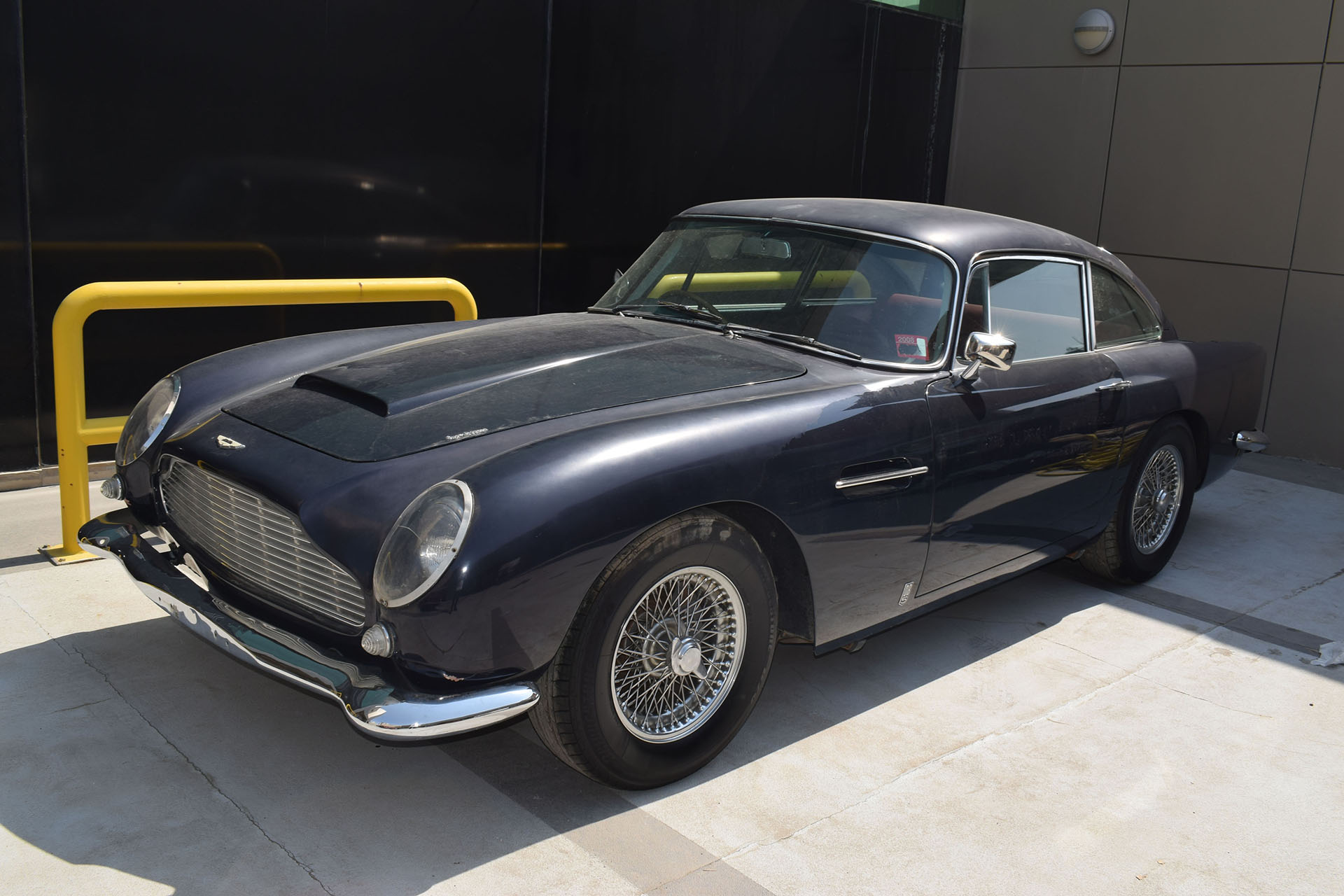Red line risks
RM’s misstep in London teaches that, just like with engines, the limiter is a precious thing.
Cliff Goodall’s view
Photo credit: RM Sotheby’s
This auction, for those who are truly interested in the world of Classic cars, can teach us many things. In my work, the analysis of each auction starts long before the magic happens. I study the main parameters well in advance, such as the value of the cars on offer (compared with previous years), the most interesting cars, the cars with and those without reserve with particular attention to the estimates of the latter, and the delivery times of the cars to the auction house. This is a detail hidden in the “legal terms” that clearly illustrates, if those times are protracted, that the experts were unable to assemble a decent selection of cars. In the case of this auction, delivery times arrived at almost a month. There is little need for further comment.
This approach, in the case of the RM auction, a physical event in London originally scheduled for the 31st October and subsequently moved online due to the lockdown in the United Kingdom, made me realize straight away that it would not be a success.
The market isn’t easily fooled and in this case it was merciless. The numbers prove it: just 29 out of 64 cars on offer were sold (45.3%) but more importantly £3,015,550 in sales (last year they tripled that) against an estimated value of £14,825,000 (20.3%). Out of 14 editions, only once – in 2009 – did no lot exceed one million pounds, and this year the top lot changed hands for £407,000. Not only that, the 12 most expensive cars at the auction all went unsold.
I do not question the efforts or professionalism of RM, but the blame for these results cannot only be put on bad luck. Perhaps they should follow the words and advice of numerous experts: reduce the number of auctions and cars on offer in order to reset the bargaining power and decision-making authority of auction house experts. It seems that collectors prefer quality over quantity.

A case in point was the 1961 Jaguar E-Type S1 3.8 FHC defined by the RM team as “factory development”. Perhaps one of the E-types with the most fascinating history: the tenth model produced was first used by Jaguar first as a test car and then sold to the press service that lent it to the most important international magazines, but it was always driven by their drivers; two names above all: Norman Dewis and Paul Frère. Maniacally restored in 2008, this car had two “defects”; it lacked the highly-coveted ‘outside bonnet locks’ (only the first 5 were equipped with those) and, above all, it came with a colossal estimate: £395-495,000, whereas a normal model would go for £60-90,000. Inevitably it went unsold, despite receiving a maximum offer of £315,000, which is just as colossal, I would say. Something’s wrong.

The same can be said of Gerhard Berger’s Ferrari F40. Just two weeks earlier another with 17,000km and Ferrari Classiche certification went unsold at £810,000. It was somewhat optimistic to believe that Berger’s car (bought just a year ago so no period correlation, not something to dismiss as trivial), with 30,000 km on the clock and also with the Red Book could get £925,000. Bids stopped at £840,000 and Berger will have to try “place” it again.

In contrast to these two was the result of the 2012 Ferrari 458 Challenge. Prepared with the Evo 2 kit and used by Ferrari itself to accompany VIP customers, it had travelled just 13,200 km from new, however given the use that was made of it on the track these should probably be treated like dog years and multiplied by seven. Estimated at £100-125,000, it changed hands for £110,000. Correct and useful: auctions are an opportunity to sell: The dealer who had tried to sell it at the same price, without success, placed it and, thanks to RM, found the right person who was looking for it.

The top lot of the auction was an Aston Martin DB5 in need of restoration. Compared to physical auctions, online auctions have something that very few notice. Since the lots on offer remain in the garages of the sellers, it can be very useful for a buyer to know if the car is 15 km or 15,000 km from home. Here they indicated the locations of the cars and so it was possible to discover not only the “what” and the “how much” but also the “where”. The DB5 in need of restoration, photographed in front of a red brick building could have been in England. Instead, the car was located in Dubai, meaning that on top of the £407,000 offered – estimated at £375-425,000 – if it returns to Europe the buyer will have to add customs duties, transport and an expensive restoration. With the best specimens going for somewhere in the order of £650,000, will the new owner stay afloat?